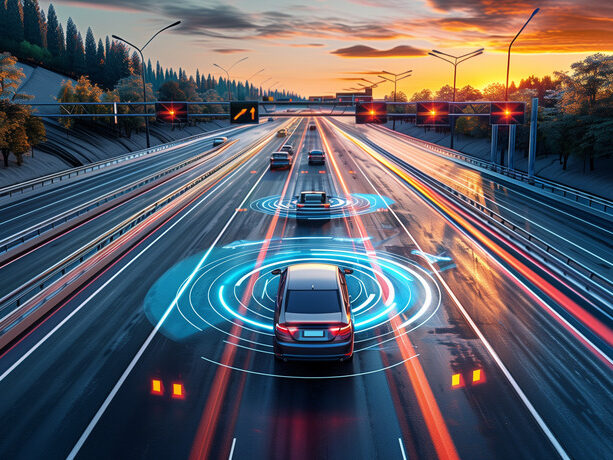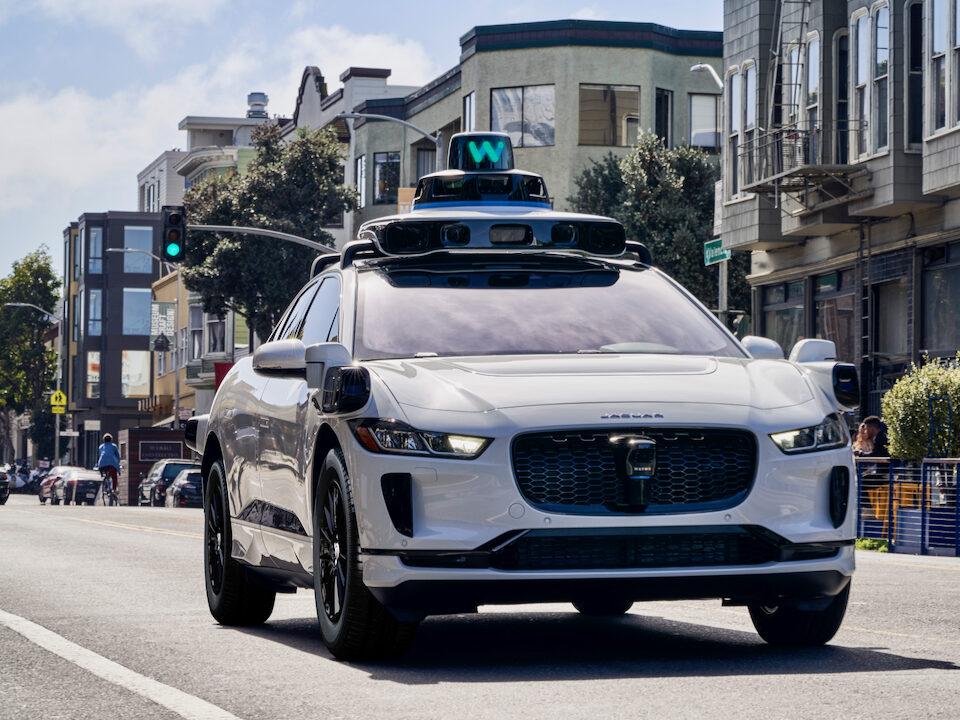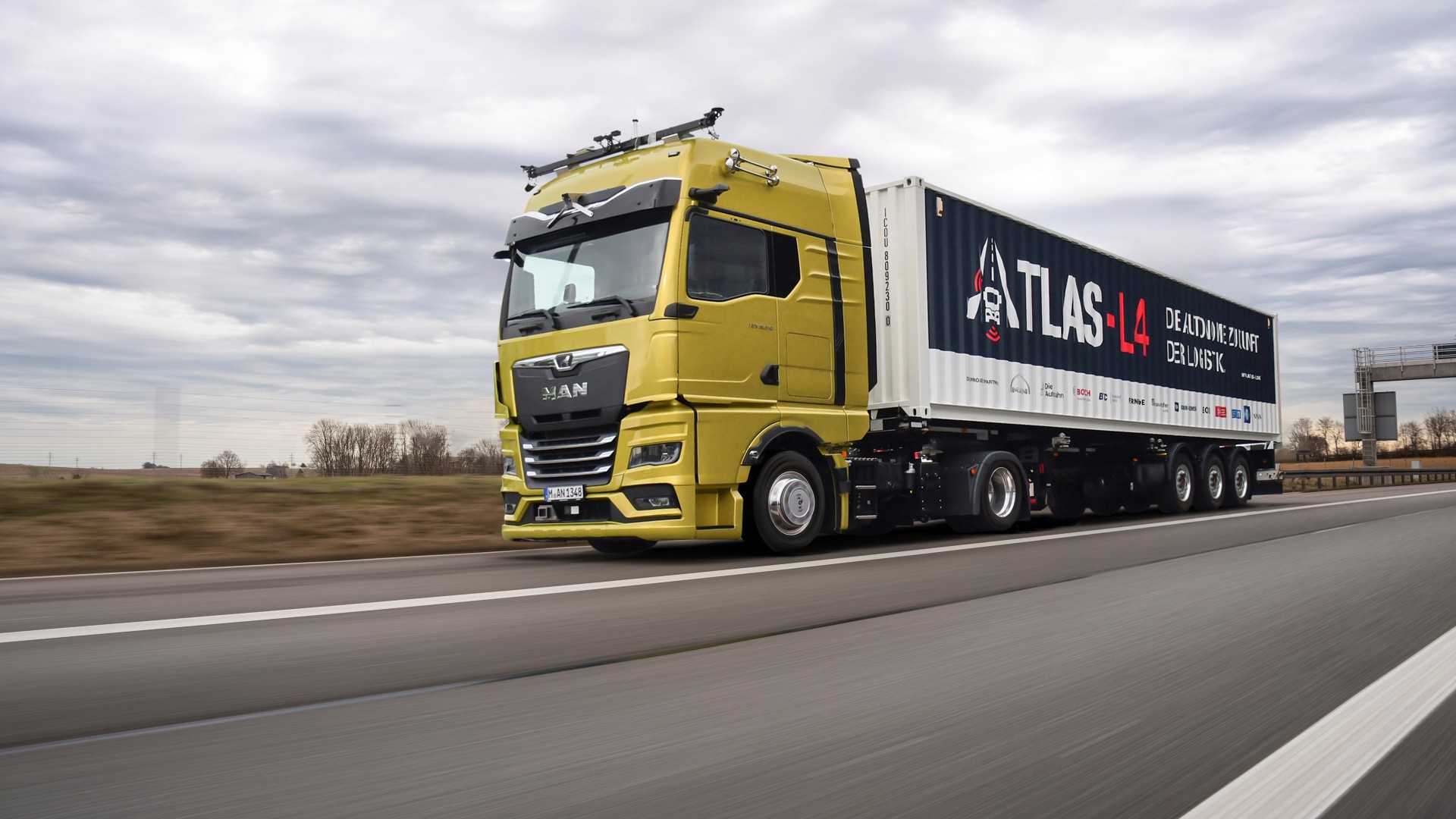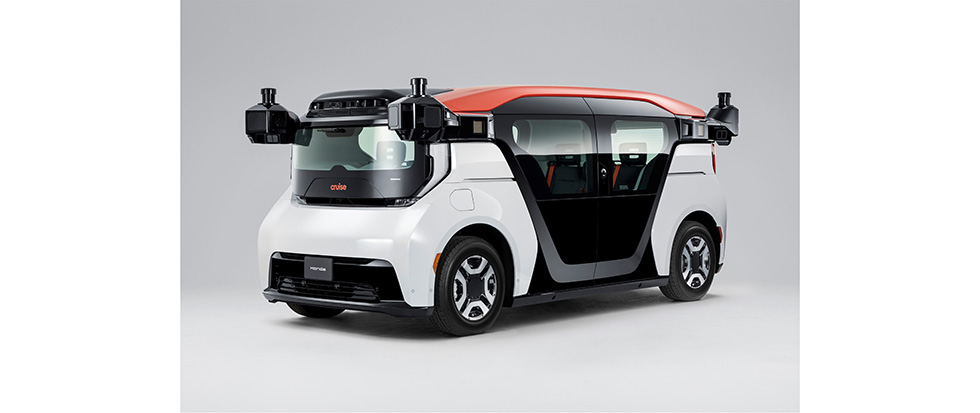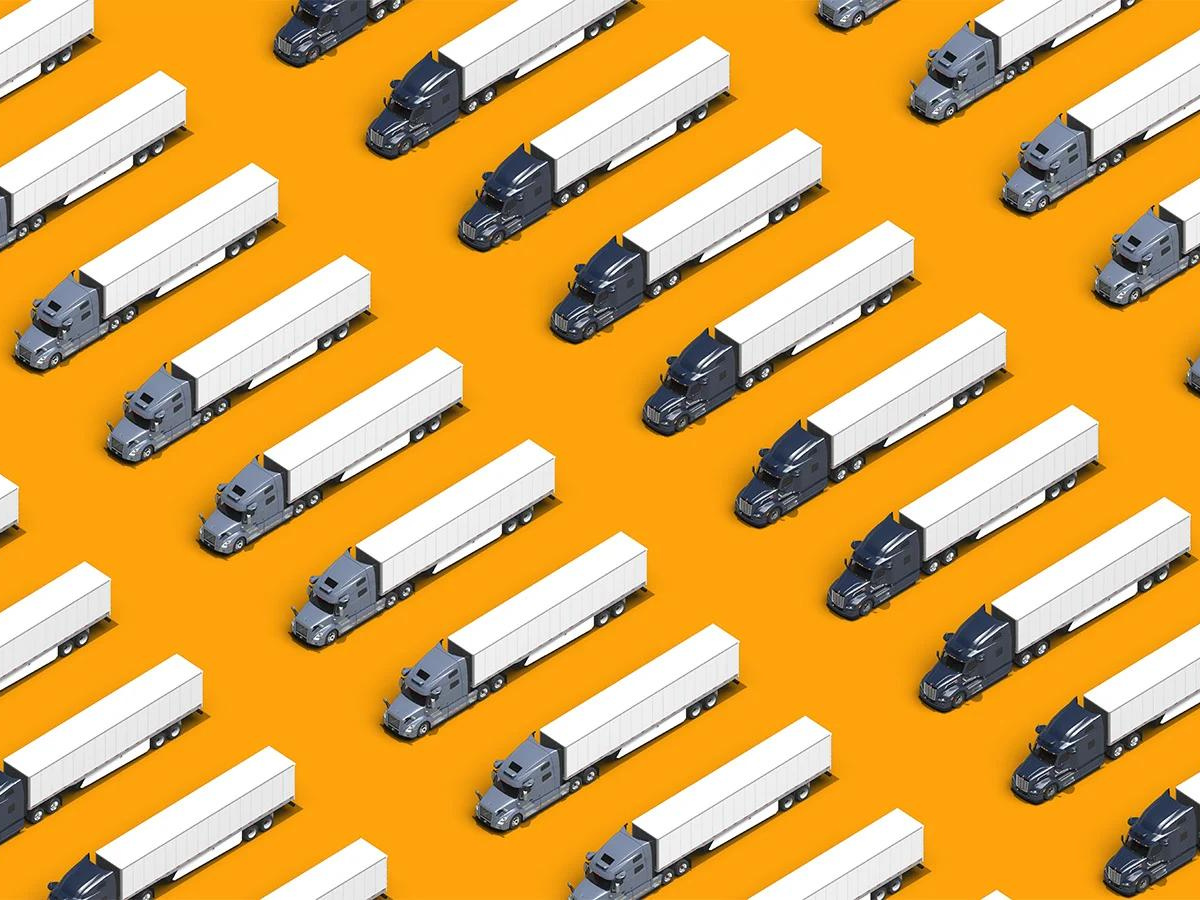Cruise has temporarily ceased all of its driverless operations following the suspension of its license in California by the California DMV.
The company has announced that it will proactively pause passenger operations in fully driverless cars while it takes measures to “rebuild public trust.”
Although the company states that this decision is unrelated to any new on-road incidents, the announcement coincides with the suspension of its license in California following a collision incident.
This incident involved one of Cruise’s autonomous vehicles (AVs), which witnessed a hit-and-run scenario where a human driver collided with a pedestrian crossing a street in San Francisco. This collision caused the pedestrian to be launched in front of the AV and to be pinned underneath it.
Cruise states that in this case, the AV detected the collision and came to a complete stop accordingly. However, it then attempted to pull over to avoid causing further road safety issues. This caused the individual pinned beneath the vehicle to be pulled forward approximately 20 feet.
Meanwhile, the human driver of a Nissan Sentra fled the scene.
Following this event, Cruise shared all available information with the California Department of Motor Vehicles (DMV), California Public Utilities Commision (CPUC), and National Highway Traffic Safety Administration (NHTSA).
It also performed simulations to continue testing the AV’s behaviour compared to human drivers. In this case, the simulations showed that a Cruise AV in the position of the human driver would have detected and avoided the pedestrian.
In addition, in the real-world scenario, the AV responded to the individual deflected in its path within 460 milliseconds, which is faster than most human drivers. It then braked aggressively to minimise the impact.
However, by then attempting to pull over, the AV likely worsened the pedestrian’s injuries. This manoeuvre is designed to achieve a minimal risk condition, which is required under California regulations and encouraged under Federal AV guidance. The specific manoeuvre initiated, such as coming to an immediate stop or pulling over out of the lane of travel, is determined by the driving context, as well as the AV’s driving capabilities at the time.
Cruise states that this specific incident will be included in future suites of simulation tests to allow its vehicles to better determine if it should pull over safely or stay stationary.
In the meantime, all of Cruise’s driverless operations have been suspended. However, the company will continue to carry out supervised AV services.
Cruise states:The most important thing for us right now is to take steps to rebuild public trust. Part of this involves taking a hard look inwards and at how we do work at Cruise, even if it means doing things that are uncomfortable or difficult.
In that spirit, we have decided to proactively pause driverless operations across all of our fleets while we take time to examine our processes, systems, and tools and reflect on how we can better operate in a way that will earn public trust.
This isn't related to any new on-road incidents, and supervised AV operations will continue. We think it’s the right thing to do during a period when we need to be extra vigilant when it comes to risk, relentlessly focused on safety, & taking steps to rebuild public trust.



